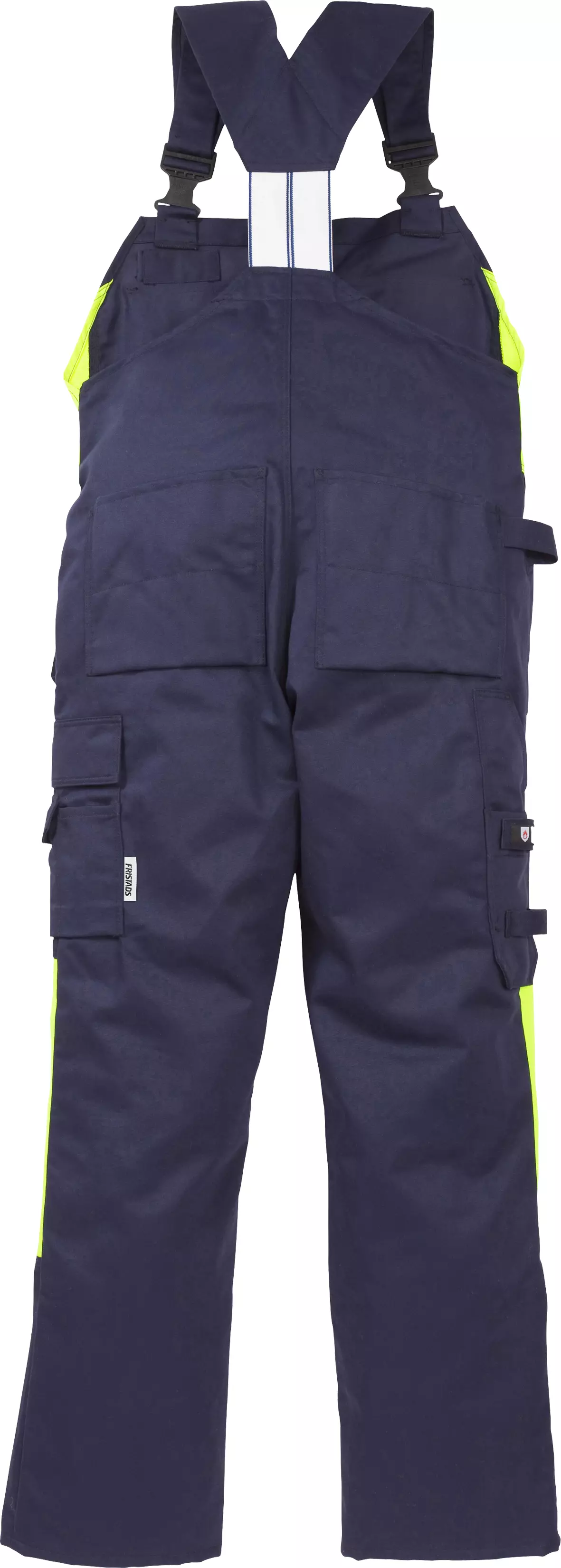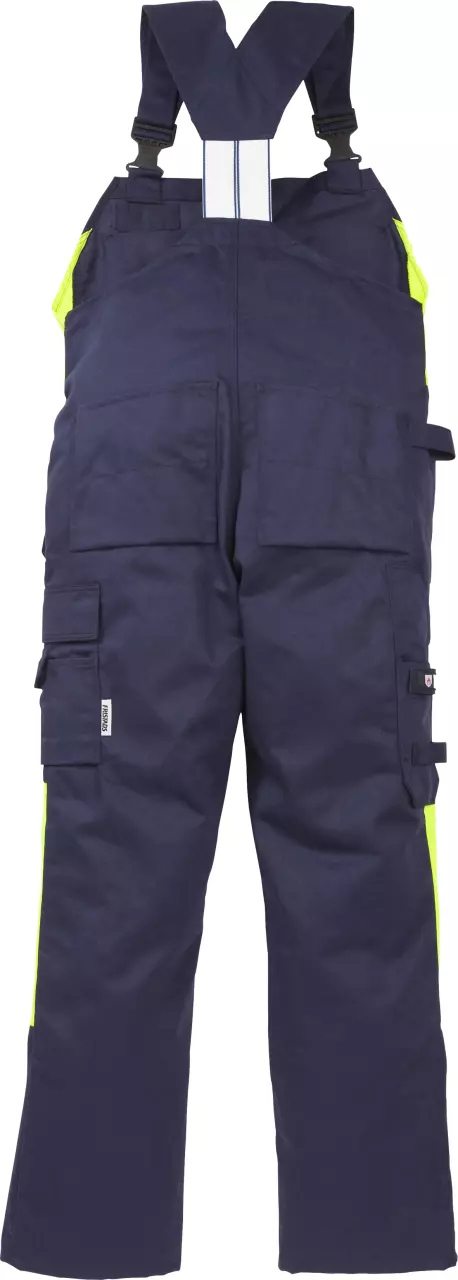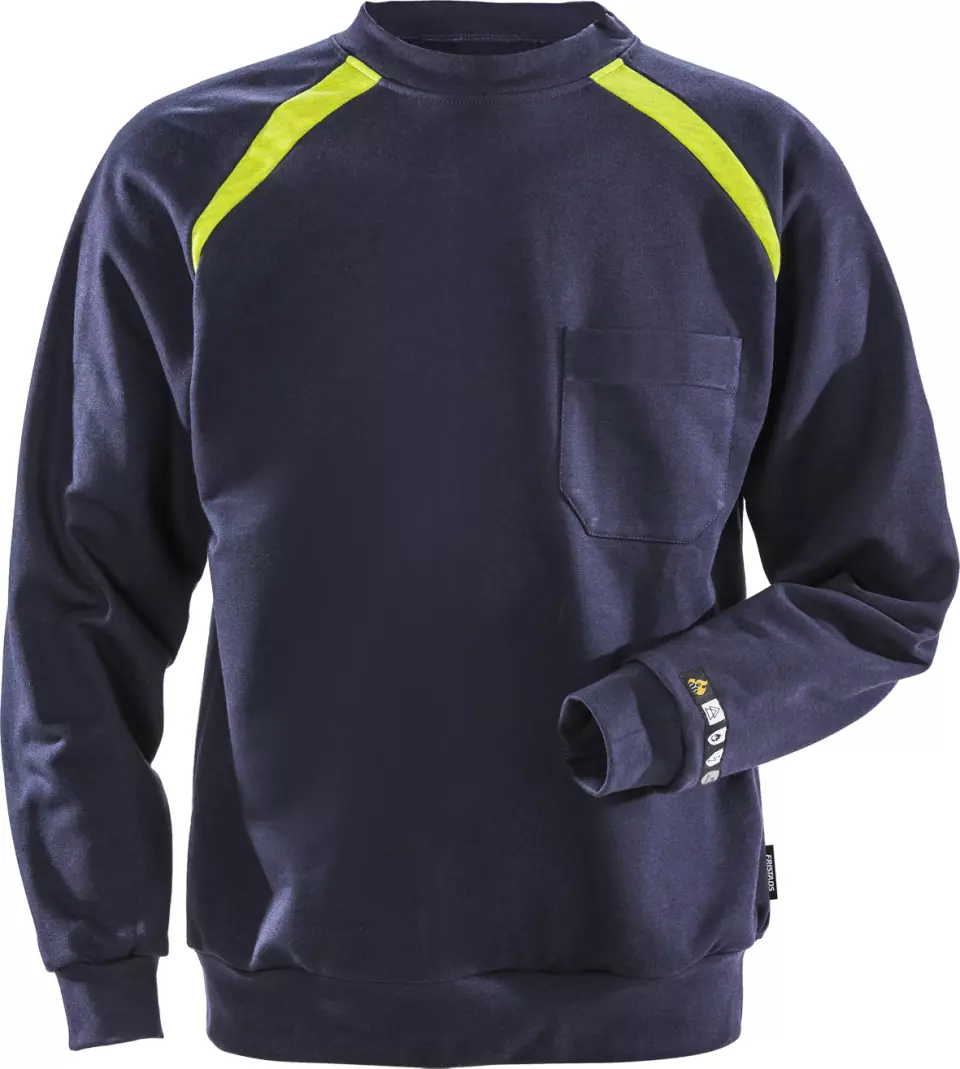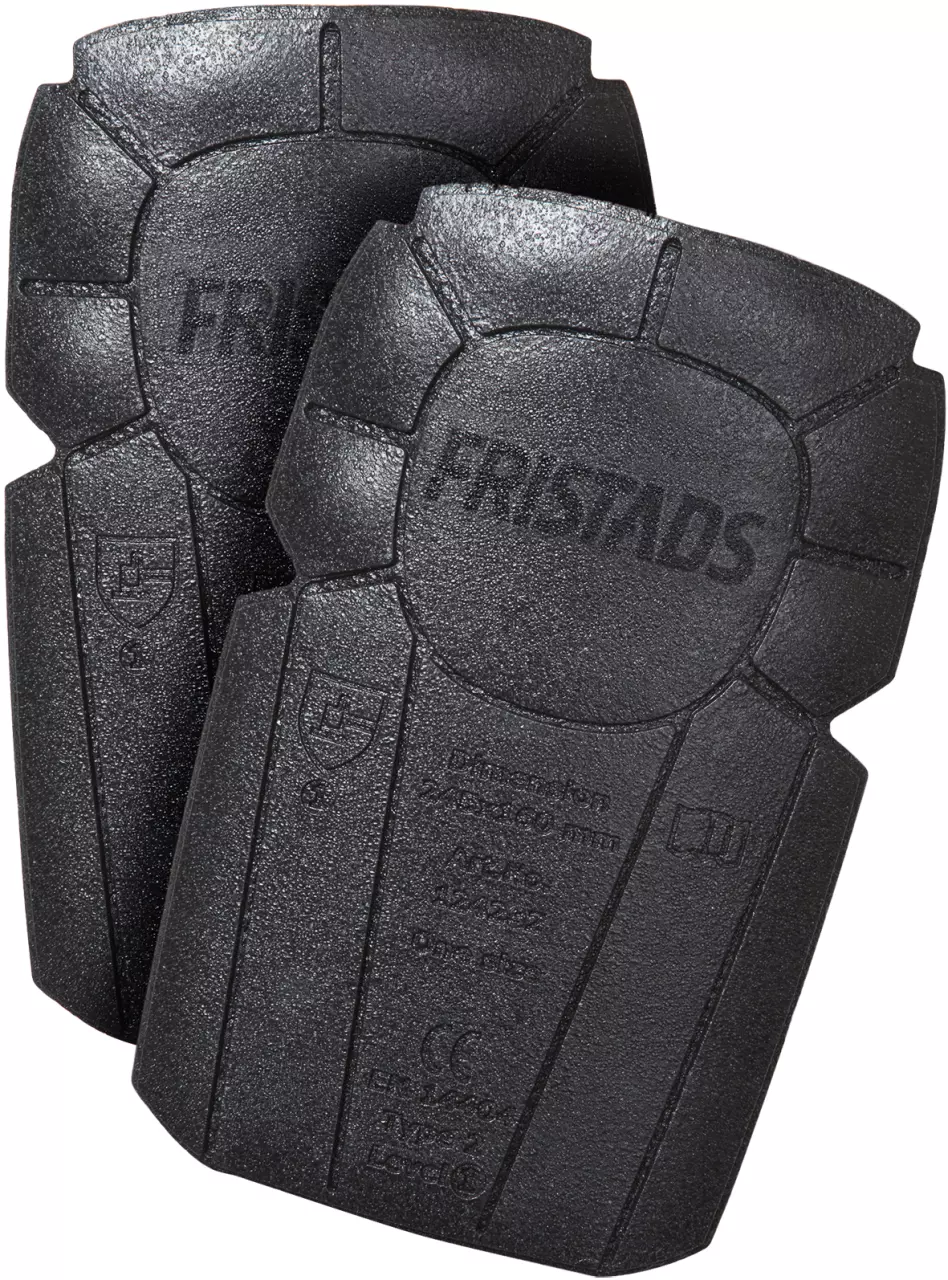

Features You'll Love

Closure Style · Snap Buttons
The method used to fasten and secure the overalls, affecting ease of dressing, fit security, and convenience during work activities.

Pocket System · Knee Pad Pockets
Integrated knee pad pockets provide essential cushioning and protection, keeping you comfortable during kneeling tasks.

Fit · Regular
Determines how closely the overalls follow your body shape, affecting comfort, range of motion, and ability to layer clothing underneath.
Fristads
Flame Bib Overall 0030 FLAM
Flame Bib Overall 0030 FLAM
4.7 / 5
198,23 €
Choose size
Free delivery
Features You'll Love

Closure Style · Snap Buttons
The method used to fasten and secure the overalls, affecting ease of dressing, fit security, and convenience during work activities.

Pocket System · Knee Pad Pockets
Integrated knee pad pockets provide essential cushioning and protection, keeping you comfortable during kneeling tasks.

Fit · Regular
Determines how closely the overalls follow your body shape, affecting comfort, range of motion, and ability to layer clothing underneath.
Product description
These flame-resistant bib overalls provide comprehensive protection for demanding work environments with arc and flame risks. With a weight of 340 g/m² and numerous practical pockets and reinforcements, they are designed for year-round use. The overalls meet multiple safety standards including arc protection according to EN 61482 and flame protection according to EN ISO 11612, making them ideal for multi-standard applications.\n\nProduct Features:\n- Full-length 2-way front zipper and concealed snap closure\n- 2 loose hanging chest pockets with snap closure, 1 with flap and concealed snap closure and 1 with extra pocket and pen pocket\n- Elastic suspenders for optimal wearing comfort\n- 2 attachable, reinforced, loose hanging pockets with various compartments and tool loops\n- Pre-shaped knees with knee pockets and height adjustment for knee pads\n\nTechnical Details:\n- Fabric weight: 340 g/m²\n- Additional material weights: 365 g/m²\n- Body zone: Full body\n- Season: Year-round\n- Product categorization: Craftsman Bib'n'Brace\n\nStandards:\n- EN 61482-1-2 APC 1\n- EN 61482-1-1 ELIM: 8 cal/cm² ATPV: 10 cal/cm²\n- EN ISO 11612 A1 A2 B1 C1 F1\n- EN 1149-5\n- EN 14404 together with knee protectors 124292\n- ISO 15797\n- OEKO-TEX® certified





